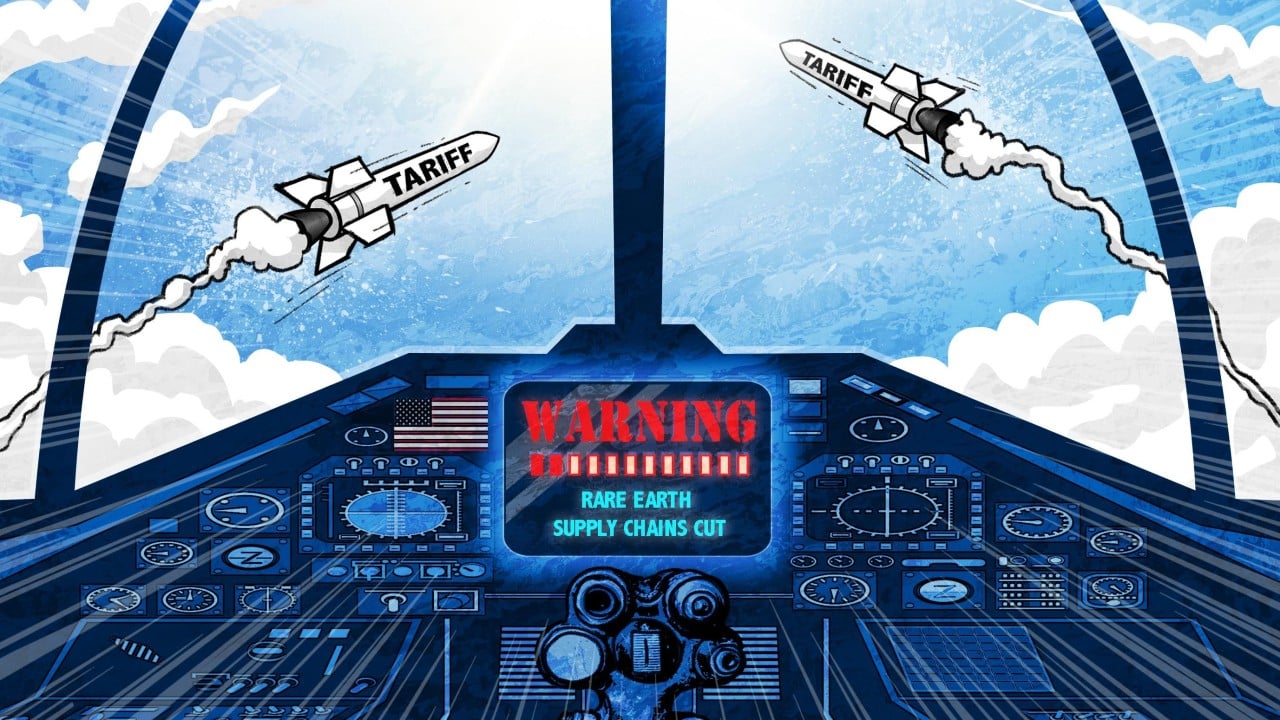Even as US President Donald Trump suspended his “reciprocal tariffs” on major American trading partners last month, he ramped up existing penalties on Chinese goods, injecting more turbulence into the rocky trade relationship between Beijing and Washington, and new uncertainty into America’s defence industries.
Advertisement
One of Beijing’s key strategies in the trade war has been to impose calculated export controls on rare earth elements, used for the manufacture of key commercial and military products and space technology. China is the world’s largest producer and consumer of rare earths. It accounts for 90 per cent of the global supply, and dominates production capacity.
The potential fallout of Beijing’s move has stirred anxiety in the US defence industry – rare earths are essential for the kinds of technology that go into military equipment, such as jet engines, radar, avionics and other electronic systems.
China’s export restrictions on rare earth elements went into effect earlier in April in retaliation for Trump’s decision to hike “reciprocal tariffs” against most Chinese products to 54 per cent, which was later expanded to 125 per cent following increasing tit-for-tat trade measures between the rival powers.
So far this year, Washington has imposed tariffs totalling 145 per cent on Chinese imports, bringing the effective tariff rate to about 156 per cent.
Advertisement
Seven categories of medium and heavy rare earths – samarium, gadolinium, terbium, dysprosium, lutetium, scandium and yttrium-related items – were placed on an export control list on April 4, according to the Chinese Ministry of Commerce.
The rare earth elements now subject to the trade restrictions will require special export licences to be shipped out of China, allowing Beijing to throttle shipments by restricting the number of export licences it issues. The export controls were applied to shipments to all countries, not just the United States, with outright bans still possible.

